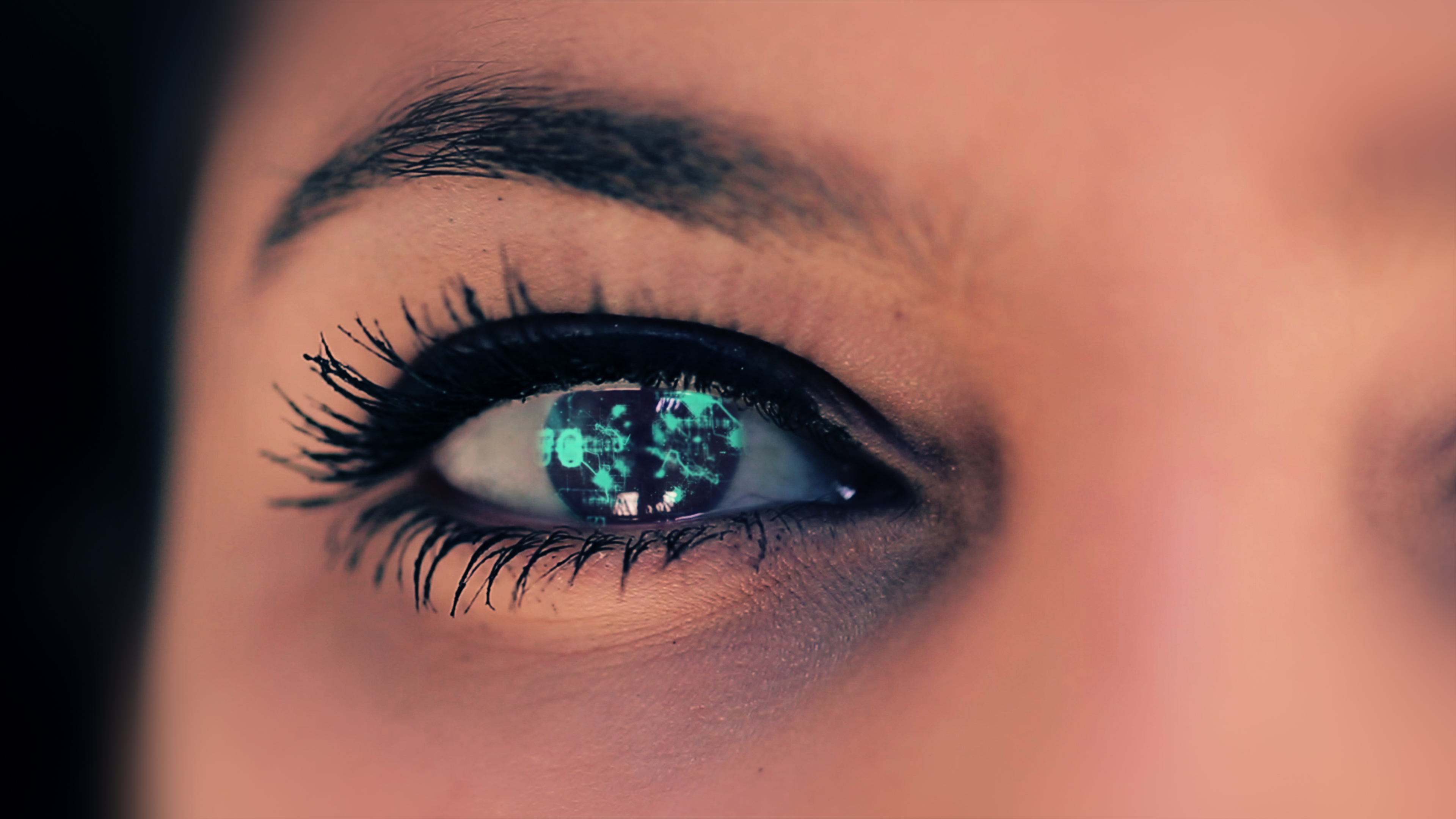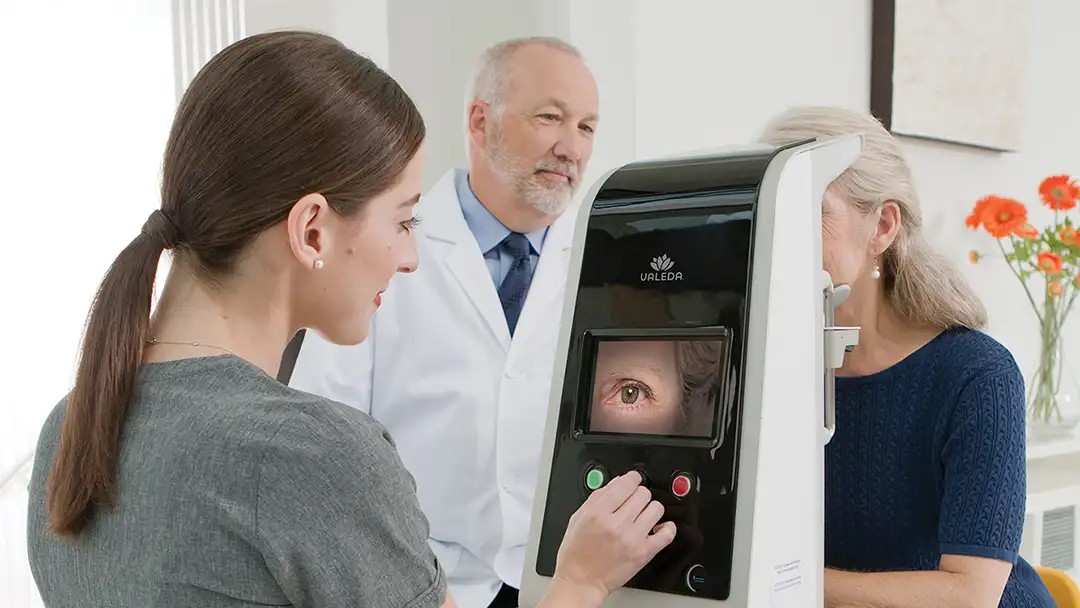
Winter brings new challenges to driving, especially if you have vision problems. Learn some helpful vision tips to successfully navigate these challenges.
With winter just down the road, it’s a good time to discuss driving challenges. Not only are roads more slippery in the winter, they are also more difficult to see. Challenges include shorter days, low sun angles, light reflected off snow, and dry eyes that are exacerbated by heaters. The following are some tips that can help with these issues.
Bright Headlights
When driving at night, headlights, especially the super-bright modern ones, can cause glare. When a car is approaching you with blindingly bright lights, it may be helpful to briefly look to the right side of the road, until the car passes. Glare can be worsened by a dirty or smeared windshield, dirty glasses, dry eye or cataracts. It is very helpful to get new windshield wipers at least once a year, since they tend to smear the windshield as they get older.
Glasses should be cleaned at least daily with a special soft cloth that can be obtained at an optical shop. An anti-reflective coating applied to the surface of the glasses when they are purchased might also reduce glare.
Sunny Days
When driving on a sunny day, especially with snow on the ground reflecting light, it can be overwhelmingly bright. In these situations, it’s important to wear sunglasses. Gray or brown colored lenses are best, and they also helpful in blocking blue light, which seems to be particularly harmful because it carries the most energy of all the visible wavelengths. Polarized glasses can help reduce the amount of light transmitted and also decrease glare. Unfortunately, transition lenses do not darken in the car on a sunny day, since they are darkened by UV light which is not transmitted by the car windshield. So, you need a separate pair of sunglasses to use in the car.
Dry Eye
Dry eye can also cause glare. It is a very common condition, especially as we get older. Air blowing directly into the driver’s face from the car heating vents can increase tear evaporation, worsening dry eye. It’s better to angle the vents down. Also remember to blink! Sometimes when we focus on something, like the road, TV, or reading, we blink less, and this leads to more tear evaporation. Artificial tear drops can be purchased in the drug store without a prescription, and can provide temporary relief from burning associated with dry eye, but will cause vision blurring for a few minutes after they are applied. The preservative-free, single use vials are the best, but they can be expensive.
Cleaning the eyelids every day can also help with itching, burning, and dry eye. Each day, close your eyes and soak your eyelids with a warm washcloth. Scrub your eyelid margins gently along the lashes with lid scrubs, which you can buy in a drug store.
Learn more about treatments for dry eye and if this condition is related to other common age-related eye diseases.
If You Have Cataracts
Cataracts are a major cause of glare or “haloes” around headlights. They are caused by age-related clouding of the natural lenses inside the eye. An eye doctor can assess whether cataracts are causing glare. If so, then cataract surgery would be likely to help. This is one of the safest surgeries and can be done as an outpatient. Sometimes, after cataract surgery, a thin layer of scar-like tissue can grow along the back surface of the implanted plastic lens. This tissue, called a posterior capsule opacity, or PCO, can also cause glare. It can be removed in a few minutes with a laser.
Knowing When to Stop
Of course, people who still cannot see well enough to read road signs, cars, obstacles or people in front of the car despite trying the above measures, should protect themselves, their loved ones, and their communities by not driving. Protecting the safety of others is one of the greatest gifts you can make.
About BrightFocus Foundation
BrightFocus Foundation is a premier global nonprofit funder of research to defeat Alzheimer’s, macular degeneration, and glaucoma. Since its inception more than 50 years ago, BrightFocus and its flagship research programs—Alzheimer’s Disease Research, Macular Degeneration Research, and National Glaucoma Research—has awarded more than $300 million in research grants to scientists around the world, catalyzing thousands of scientific breakthroughs, life-enhancing treatments, and diagnostic tools. We also share the latest research findings, expert information, and resources to empower the millions impacted by these devastating diseases. Learn more at brightfocus.org.
Disclaimer: The information provided here is a public service of BrightFocus Foundation and is not intended to constitute medical advice. Please consult your physician for personalized medical, dietary, and/or exercise advice. Any medications or supplements should only be taken under medical supervision. BrightFocus Foundation does not endorse any medical products or therapies.
- Lifestyle









